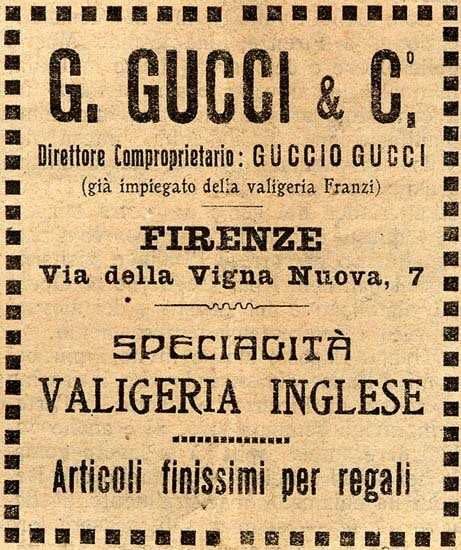Franzi Relaunched With Margherita Bag

MILAN — Entrepreneur Marco Calzoni is banking on “the queen of handbags.”
In relaunching the Franzi label, 150 years after its foundation, Calzoni has singled out the Margherita bag, which will hit stores in time for Christmas. The bag is named after the first Queen of Italy and member of the Savoia family, “a very sophisticated, multifaceted and modern woman, interested in social and political issues,” said Calzoni.
More from WWD
Meeting WWD in the stately, storied and frescoed palazzo in central Milan that belongs to his family and that serves as a showroom for Franzi, Calzoni explained that his dream was to launch an entrepreneurial project, after his longstanding experiences in marketing and product development at L’Oréal and Puig.
“I was missing dealing with the product,” he said simply.
With his partner Stefan Oelze, Calzoni has taken control of the brand that was being liquidated, and unveiled the Margherita bag last September during Milan Fashion Week.
His passion for the Franzi company is deep-rooted. “It’s part of my memories of when I was a child, and I’ve fallen in love with the brand. I realized it’s the most beautiful Italian story, which has helped create the luxury system here,” said Calzoni.
The leather goods tradition is usually associated with Florence, for its durability and sturdiness, he said, but Franzi, created in 1864, was instrumental in establishing a solid leather goods pole in Milan at the time, preceding Fontana, which dates back to 1915, and Valextra, founded in 1937. Prada was founded in 1913 and Gucci in 1921, both in Tuscany.
Actually, the first seeds of the company date back to 1840, when patriarch and artisan Rocco Franzi set up his carpentry laboratory in Milan and realized that wooden trunks could be much lighter if he covered the structure with fabrics, leather or parchment. He thus created “Il Leggerissimo [the very light]” trunk, which helped cement the brand, and then he expanded the production with a range of suitcases and other leather goods.
His son Felice was more of a businessman, related Calzoni, and he established the company and a small manufacturing plant in 1864, creating professional roles, hiring a number of French artisans to add a more polished touch to the collections, and importing chemical tanning techniques from Germany.
In order to be less polluting, Oreste, a member of the third generation, in the early 1900s traveled to China to learn how to use vegetable tanning techniques, and to Latin America to source the Quebracho, a tree growing in Argentina, from whose bark is extracted a typically red-colored powder, containing a precious tannin. He thus founded in 1912 one of the first European manufacturing plants that used vegetable tanning, the Conceria Monzese, and then set up an international retail network with stores in Vienna and London, as Franzi became the official supplier to the Italian, Austrian, Greek and Egyptian royal families.
“When Guccio Gucci opened his first shop, his tags stated that he had worked at Franzi, as a guarantee of his expertise,” said Calzoni, proudly showing a photo of an iPhone cover recently designed by Gucci’s creative director Alessandro Michele that reproduced said tag.

courtesy image
Calzoni also flipped through original catalogues that showed an impressive selection of Franzi items created over the years, from barber sets to containers for perfumes. The ABS briefcase in resin stood on a nearby table, similar to the one designed by Cini Boeri in resin and leather, which is part of the permanent collection at the Triennale Museum in Milan and at the Museum of Modern Art in New York. Calzoni has been organizing an archive, buying vintage pieces from flea markets or online.
The plant closed in 1998, following years of decline, when the Franzi family refused to embrace fashion trends, Calzoni explained. “The brand lost its edge, it had become too classic at a time when fashion became more important than luxury,” he observed.
In revamping the brand, Calzoni decided to focus on a single handbag design from 1940 in the trademarked Cuoio Franzi and turned to leading leather goods producer Renato Corti as a manufacturing partner.
The Margherita is initially offered in two sizes, small and medium, and in four leathers — the trademarked Cuoio Franzi; calfskin; lambskin and goatskin, and in 15 colors, lined in Limonta linen and cotton, also embellished with a pattern from the ‘40s.
“The structure of the bag is very complex, it is made with 178 pieces assembled in 12 hours,” said Calzoni, noting that the same artisan must be in charge of one bag and each step from beginning to end. The bar with rivets, covered in metal or leather, stands out as a distinctive element. The bag has two faces and three different openings. On each side of the bag there is a semi-flat pocket.
Retail prices range from 3,600 to 4,900 euros.
Calzoni was confident in the potential of the season-less bag. “There is always a request for a brand that has a story to tell on top of a high-quality product,” he contended. “The bag embodies traditional values of luxury, it’s an investment that lasts in time, which is truly sustainable, negating waste and overconsumption.”

courtesy image
Sign up for WWD's Newsletter. For the latest news, follow us on Twitter, Facebook, and Instagram.

